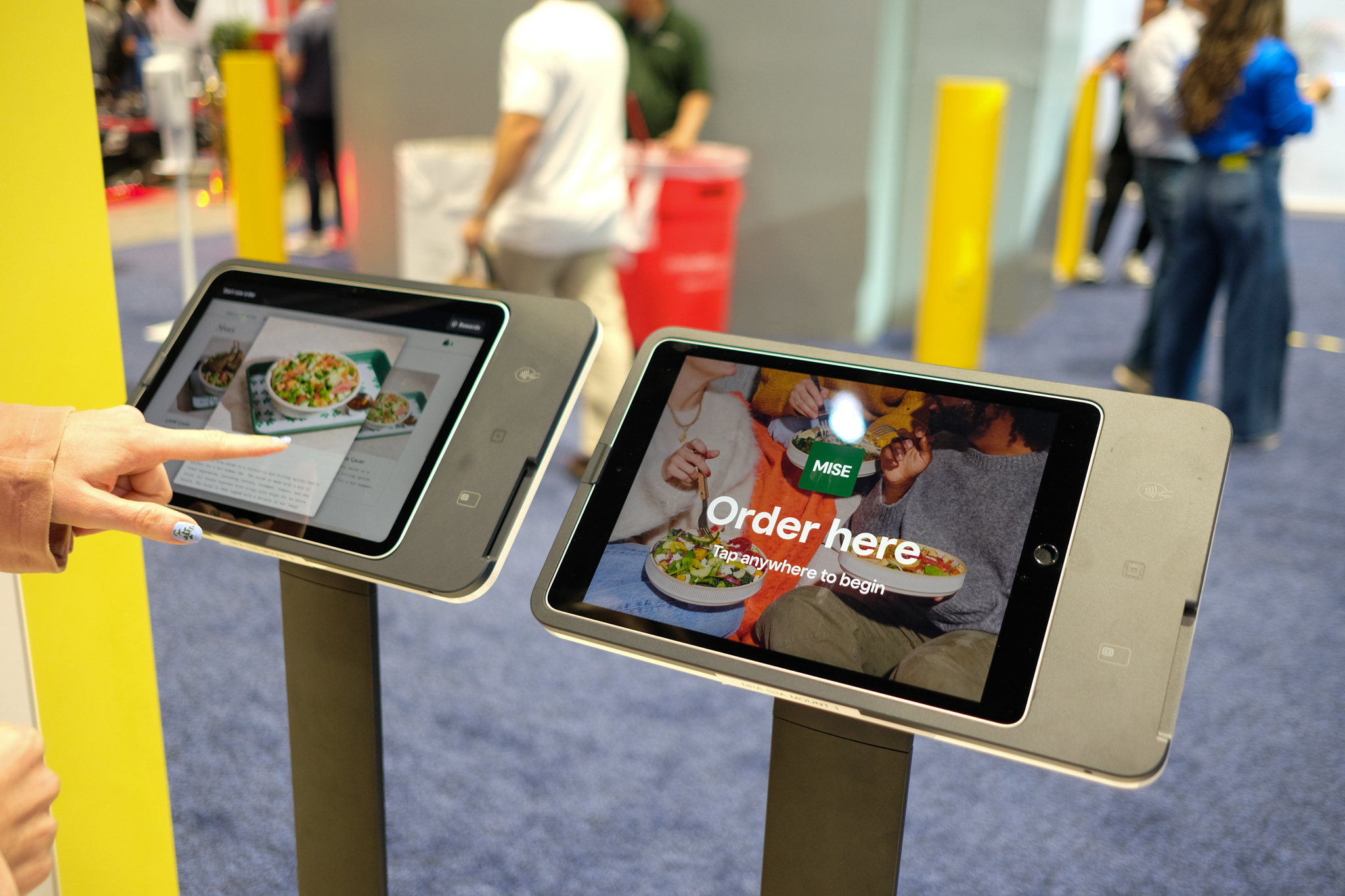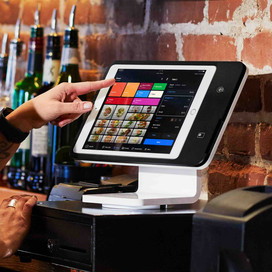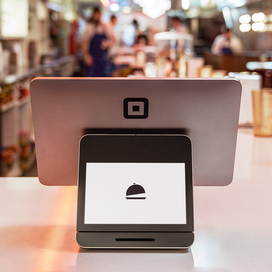Table of contents
There’s nothing like walking the floor at the National Restaurant Association Show to wake up your senses. The sounds of first introductions and reconnections buzz from every direction. The aromas of food and beverage samples — from emerging brands and pantry staples alike — tickle noses and taste buds. Plus, insights from keynote presentations, panel discussions, and tech demos give attendees even more to chew on.
We clocked thousands of steps visiting booths and mingling with peers and partners. After digesting what we saw, heard, and experienced at the show, we’ve got you covered with the takeaways, whether you were there in person, tuning in from home, or unable to make it this year.

1.Your business data is the linchpin to navigating economic uncertainty.
During a panel discussion with Christopher Tompkins, Broad Street Oyster Co. founder, and Ming-Tai Huh, head of food and beverage at Square, moderator Amelia Lucas from CNBC asked how the current state of the economy impacted their outlook as food and beverage business owners. Tompkins reflected on first opening his business during the pandemic — a particularly challenging economic time. Back then, he would have assumed spending habits would have a negative impact on the business.
“It was actually the opposite,” he recalled. “We exploded. We were able to take that momentum and open up two restaurants and spin off into another concept, which is a coffee and gelato store.”
Today, food and beverage labor costs are rising. Increasing minimum wage regulations and a more competitive hiring landscape are just two reasons. At the same time, the cost of ingredients is going up, putting even more strain on business owners to react. Running a restaurant in 2024 isn’t easy. To see through the chaos with clear eyes, Tompkins is quick to mention data.
“We’re here five years later, and the same question is coming up: ‘What do you think consumer spending habits will be?’ I don’t really know. I think if we were to look at some of our numbers from this year versus last year, say Mother’s Day 2024 compared to Mother’s Day 2023, we were within one point of the total number of transactions, and the total spend was within two or three dollars. I won’t complain about that.”
As economic conditions fluctuate and emotions run high, your business data is an important lever. Easy and regular access to unique trends — what people order, how often, and when — can help you make informed decisions about the changes you make (or decide against) that will net positive for your business during ups and downs.

2. Restaurant businesses are reinventing themselves.
Gone are the days where restaurants were only restaurants. They’re so much more. We heard it over and over again in so many phrases: restaurant owners are running eCommerce businesses. That’s partly because, in order to survive economic volatility, owners need to identify new ways to bring in sales. Another is keeping up with evolving consumer trends. Think about it. Solutions for online ordering and delivery became table stakes years ago as more people began to work, eat, and do everything else from home. Today, tools like kiosks for self ordering are not only key in helping businesses manage more orders with less labor, they are actively driving revenue.
With the right technology stack, owners can dedicate more time to working on their businesses, making them the best versions they can be, versus working in the trenches running daily operations.
So much of why I searched for better tech was to help build upon and improve our operations,” Tompkins explained during the panel. “Improving our operations allowed for us to gain better profitability, and with that profit, we were able to expand.”
’TOMPKINS’ → ’Co.founder’
When asked how technology has helped Tompkins and Huh with scaling, Tompkins highlighted real-time reporting features. “It’s about being able to track things through Square Dashboard, like the times of day, answering: ‘When are we the busiest?’ ‘When can we adjust our hours?’ Doing so has helped him ensure Broad Street Oyster Co. is open when sales are at their highest potential. Practices like this make things like spin-off brands, merchandise, and catering all possible, and ultimately the next major wave of evolution.
3. Guest experience is still critical. Your technology can help you master it.
With robotic fry-cook arms and serving solutions whirring about on the showroom floor, it’s clear we are only scratching the surface when it comes to food and beverage industry innovation. What do these technology tools, combined with everything we saw — from compostable packaging to the latest flavor pairings — all have in common?
Everything is designed to help you provide an unforgettable experience for your guests.
Your restaurant technology simply cannot replace the service you provide. But it can help you set your staff up to succeed by automating tasks and streamlining operations, ultimately giving them more time back to tend to customers. It can also give you the data you need to make confident decisions about how to evolve your business in a way that brings you closer to your community.
Providing for your community (both your staff and customers) brings everyone in attendance, from the food and beverage operator to the technology vendor, together in propelling the industry forward.
Overall, it was an energizing four days filled with impactful insights. If you attended the show and want to connect with our sales team to learn more about Square, book time to chat with us. If you didn’t attend the show this year but want more interesting insights about the restaurant industry, be sure to read The Future of Restaurants report.
![]()











